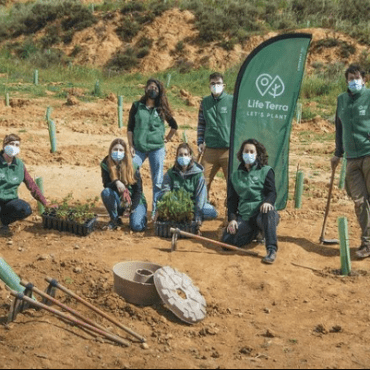
Sven Kallen on How to restore the dry and degraded lands of Europe
Three weeks ago I published the episode with Tomas Viguurs on circular mushroom production here in Catalunya and I gave a sneak peak at the second interview I did that […]
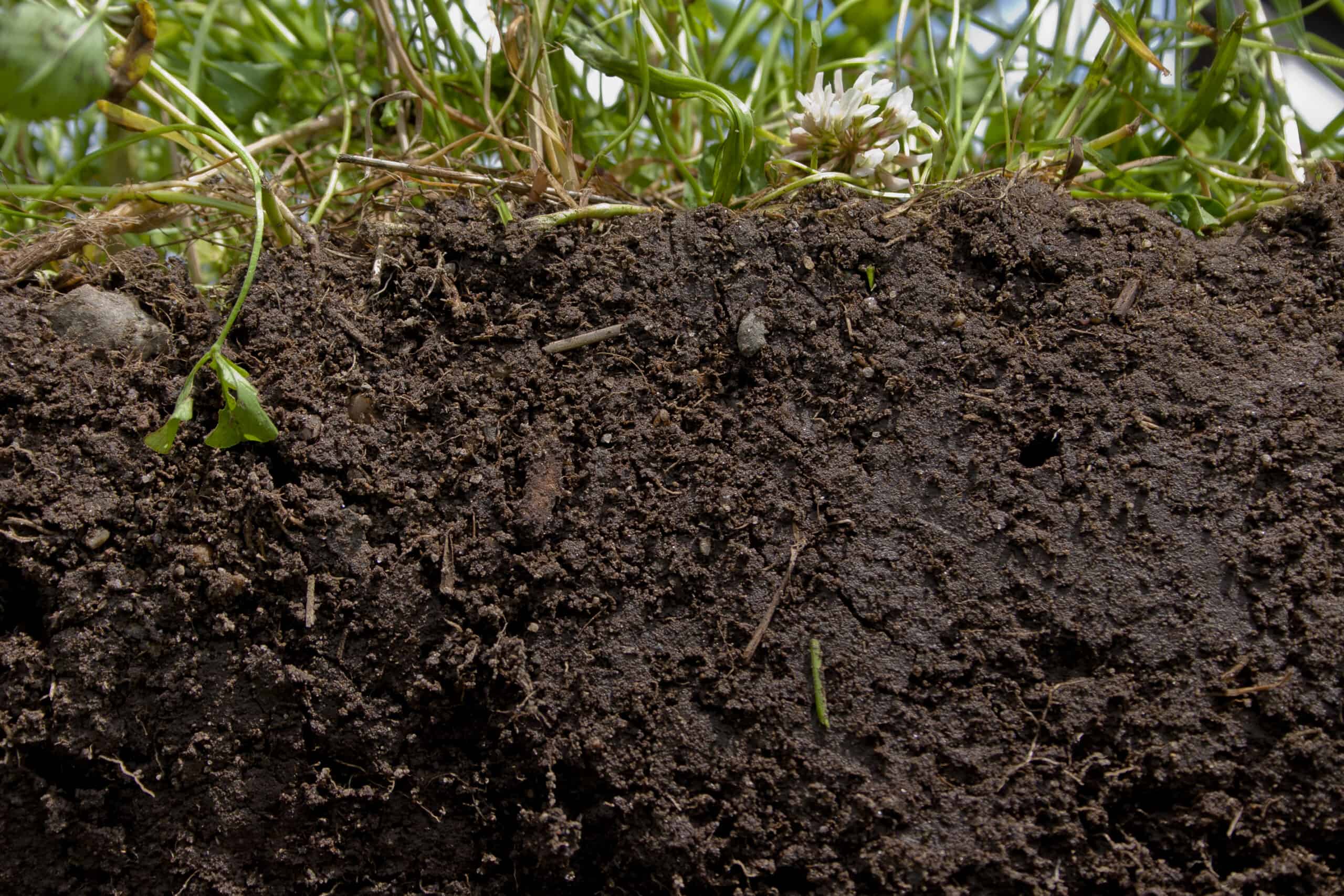
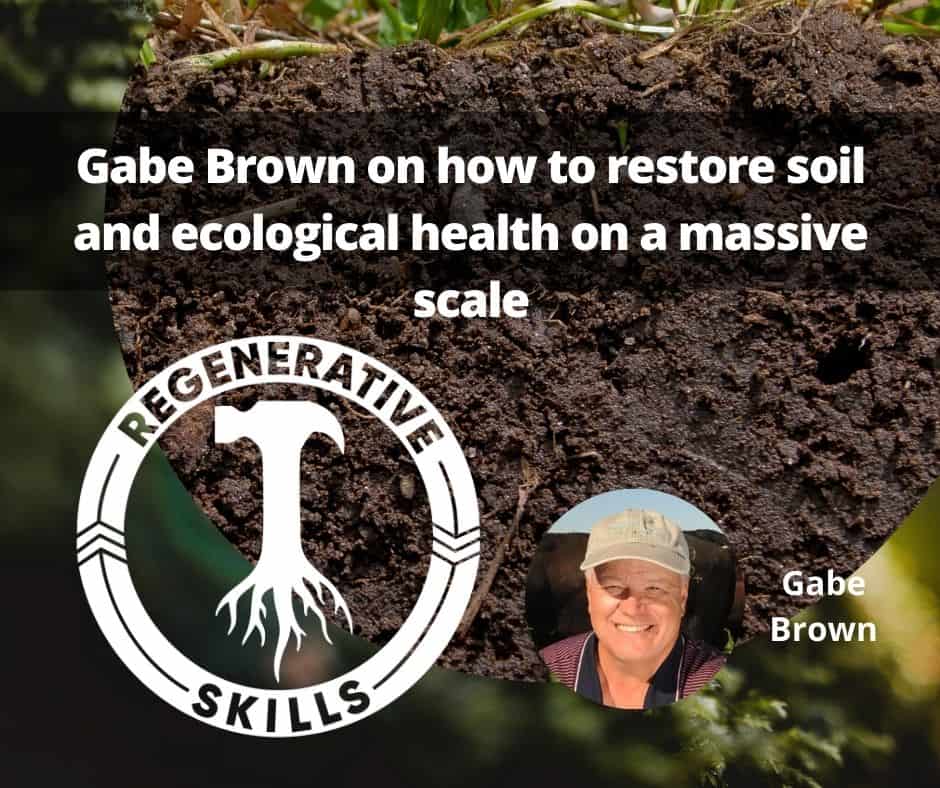
A lot of the farms that come to mind when I think of regenerative agriculture are smaller, more diverse and quite intensive, with many different crops and animals working in closer proximity with many stacked functions and a niche business model, but what can be done for all those vast fields of monoculture plantings of crops like corn, soy, and wheat that take up so much space in the heartland of the midwestern and western US? Are there regenerative solutions for these massive farms of thousands of acres? Is there hope for farming the plains and savannas through ecological management?
For answers to these questions I reached out to Gabe Brown of Brown’s Ranch in North Dakota. A historically challenging environment for agriculture, North Dakota is a place dominated today by massive cattle ranches and monocultures stretching beyond the horizon of dry and windy plains. But in this challenging environment, Gabe has been a pioneer of the soil-health movement and has even been named one of the twenty-five most influential agricultural leaders in the United States. Gabe, his wife, Shelly, and son, Paul, own Brown’s Ranch, a holistic, diversified 5,000-acre farm and ranch near Bismarck, North Dakota. The Browns integrate their grazing and no-till cropping systems, which include cash crops and multi-species cover crops along with all-natural, grass-finished beef and lamb, pastured pork, and laying hens. The Brown family have received numerous awards including a Growing Green Award from the Natural Resources Defense Council, an Environmental Stewardship Award from the National Cattlemen’s Beef Association, and the USA Zero-Till Farmer of the Year Award.
In this interview I asked Gabe about how he managed to persevere through some very challenging years in the beginning to develop the diversified and healthy landscape that his family manages today. He also tells me a lot about the invisible challenges to this way of farming such as the counter productive incentives of the US Farm Bill and the cultural stigma that can be difficult when making unconventional changes to your farming practices. We also dig into some crucial advice that Gabe has for farmers looking to make a transition to regenerative agriculture from industrial management. This interview gave me a lot of hope that the American plains can be restored without risking food shortages or spikes in food costs. I really hope that any of you listening to this will share this episode with someone you know who works in farming who perhaps hasn’t heard of these possibilities or who thinks that their mechanized monoculture operations can’t be converted or don’t lend themselves to ecological transformation.
Get the resource packet for this episode!
Links:
Get the book From Dirt to Soilhttps://brownsranch.us/
Chelsea Green Publishing – the leading publisher of sustainable living books since 1985.
Tagged as: cover crops, no-till crops, large farms, grain production, arable crops.

Three weeks ago I published the episode with Tomas Viguurs on circular mushroom production here in Catalunya and I gave a sneak peak at the second interview I did that […]
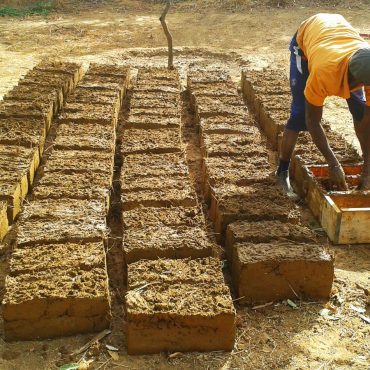

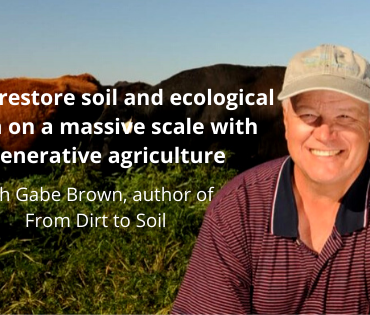
Copyright Regenerative Skills 2021
Post comments
This post currently has no comments.